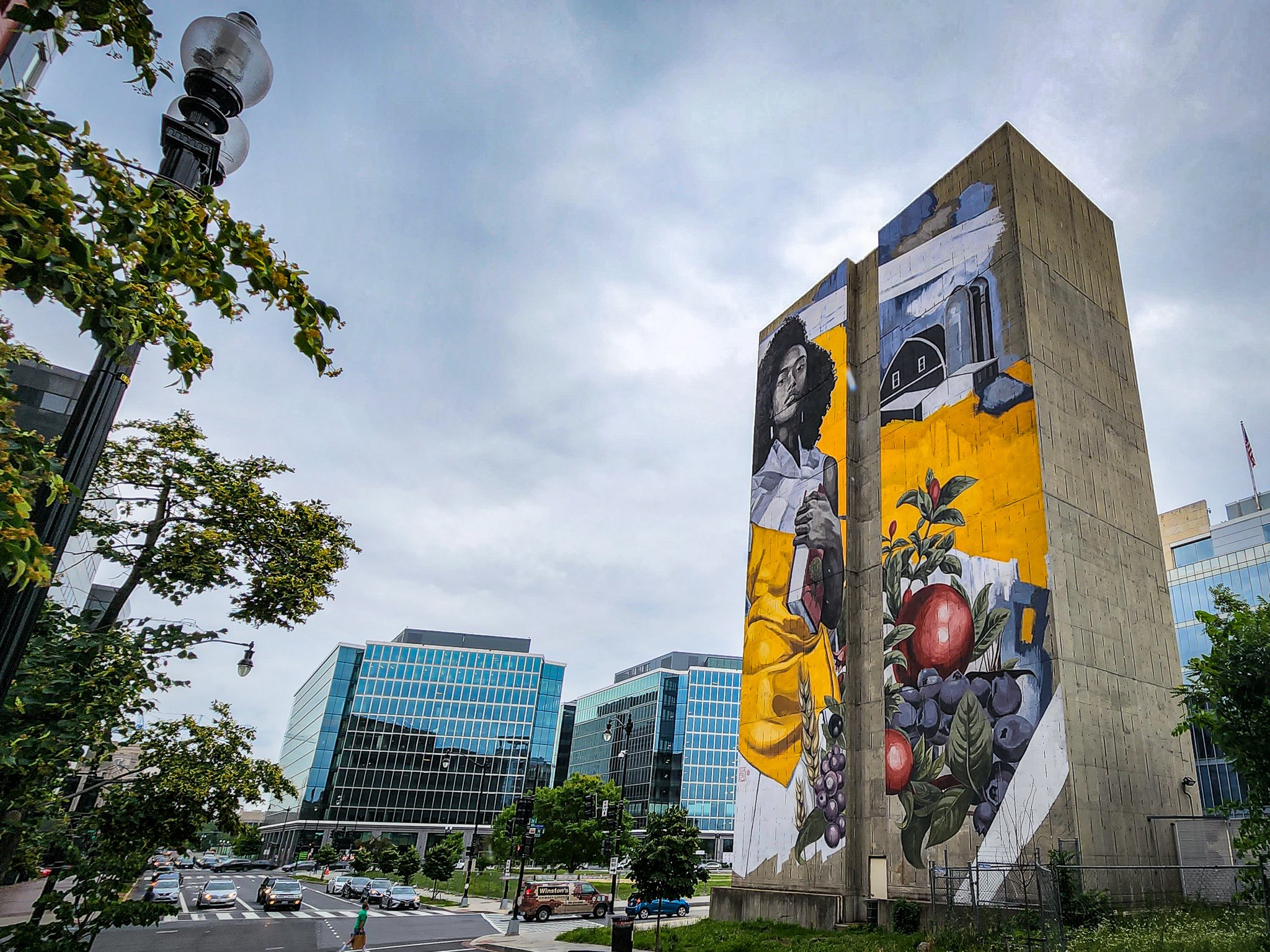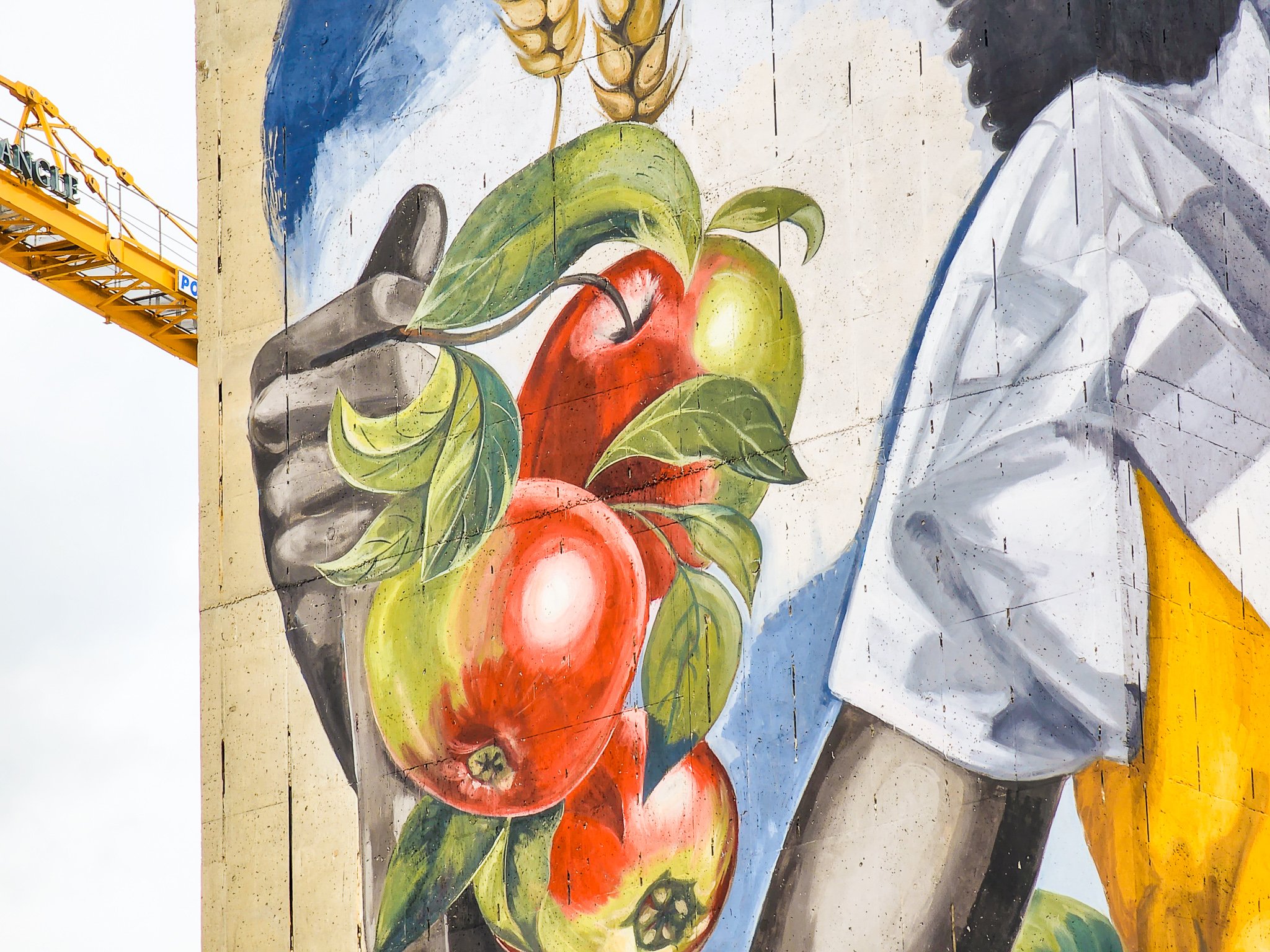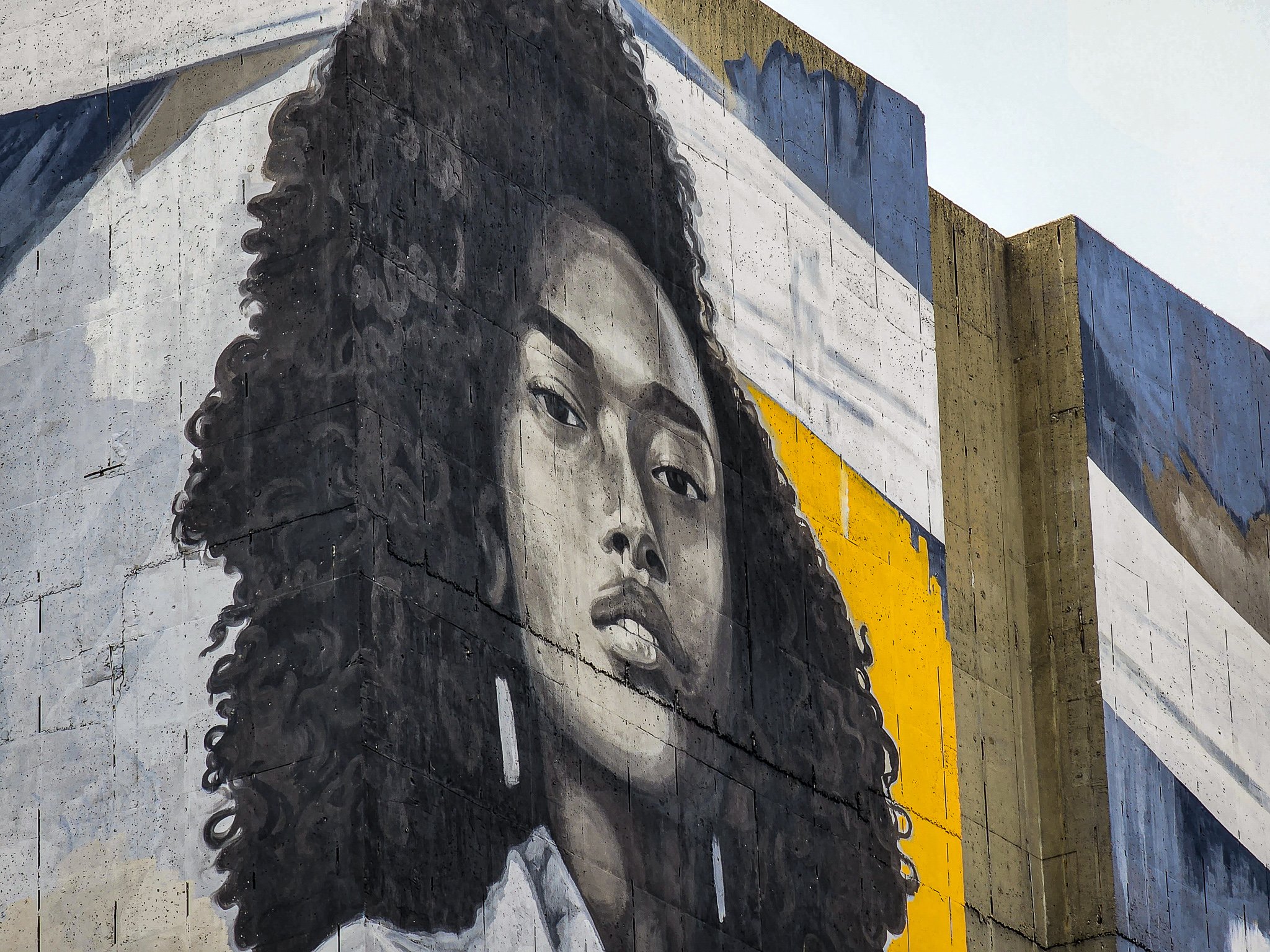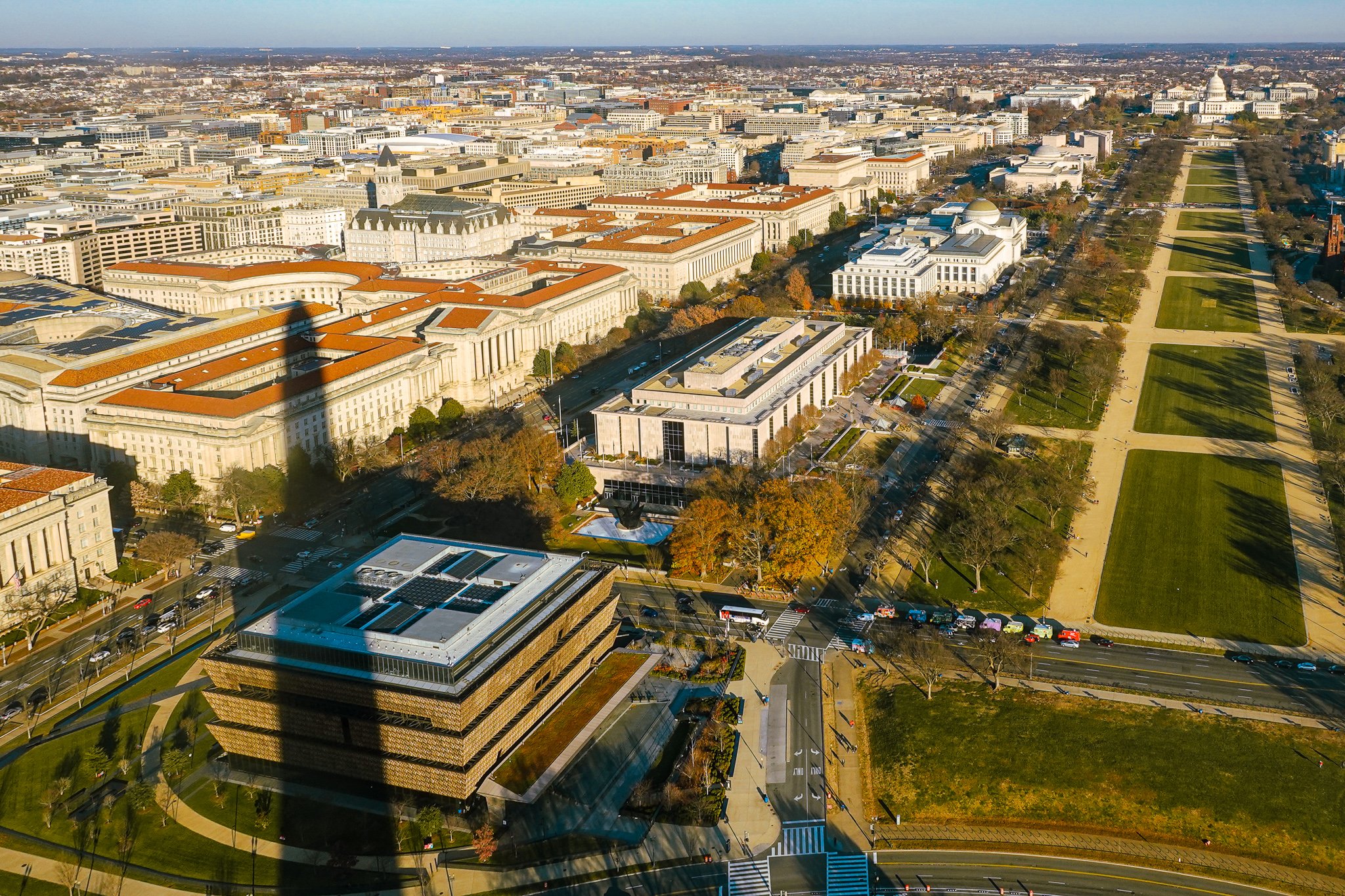Thanks to all Patreon supporters for making this list possible. Patrons get the full Top 10 list.
A few weeks ago the National Park Service predicted that the peak bloom period for DC's Cherry Blossom trees on the National Mall would be March 22-25. Peak Bloom is defined as the day or days when 70% of the Yoshino Cherry Blossom trees are in full bloom. There are other varietals, but Yoshino is by far the most common.
The March 22 predication was almost spot on. After visiting over the past few days, to me, it does appear that peak bloom will begin either today (March 22), or perhaps tomorrow, then last for 3-5 days before the blooms start to transition and the pedals give way to green leaves for the rest of the summer.
Considering the unique nature of visiting this part of DC at this time of year, here are my Top 10 tips for visiting the blossoms on the Tidal Basin during peak bloom.
Bring a real camera: Most modern smart phones have decent wide angle cameras. They'll pick up the color and essence of the blossoms and capture you there beside them in a quick selfie. But for more artistic shots -- nothing beats utilizing a zoom lens, more pixels, and sharper in-focus shots using your "real" camera, if you have one. Even a decent compact point & shoot will give you a leg up on most smart phone photography. And DSLR and SLRs with interchangeable lenses will do you even better. You can still save the photos to iCloud or Google Photos it you want to process them through your phone for that "punchy," saturated look. All social media sites compress even the best photos, but starting off with a high quality photo will make your posts stand out that much more.
Bring you patience: Everyone is trying to get the same shot and same view as you are. And they'll usually willing to go off the beaten path, stand right in the middle of your shot, and do basically any other annoying thing to get their own shot. Be prepared to wait it out to get the perfect phot or experience that perfect vista.
Eat beforehand: There are limited places to get prepared food down on the Tidal Basin. Whether you find the few permitted food trucks on West Basin Drive or the refreshment stands near the Lincoln Memorial, you'll be in line for 15-20 minutes for food. Eat before you head down to the mall. Alternatively, there are many places to fold out that blanket and picnic; including the ball fields across from the Franklin Roosevelt Memorial at West Potomac Park, and the grassy areas around the George Mason Memorial.
Don't drive too close to the blossoms: West Basin Drive will be closed for much of the National Cherry Blossom Festival (March 18-April 16). In addition, traffic on Ohio Drive will mostly be restricted to eastbound (westbound traffic is diverted to East Potomac Park). This means vehicle traffic near the memorials will be slow and street parking almost impossible to come by. There are a few public lots on East Potomac Park, but remember, there are dozens of other drivers looking for the same spot you are looking for. If you do need or want to drive, consider parking on the National Mall near the Smithsonian Museums. Then walk to 15th Street/Raoul Wallenberg Pl NW and head down to the Jefferson Memorial.
Prepare to walk a few miles: Say you get lucky and find a parking space on Ohio Drive next to the FDR Memorial. Great! Keep that spot as long as you legally can. And be prepared to walk. The Tidal Basin is a 2.1 mile loop all the way around. And if you want to get every blossom shot from every angle, it'll be a slow walk with the crowds. You'll get to enjoy the blossoms that much longer. Lingering encouraged.
